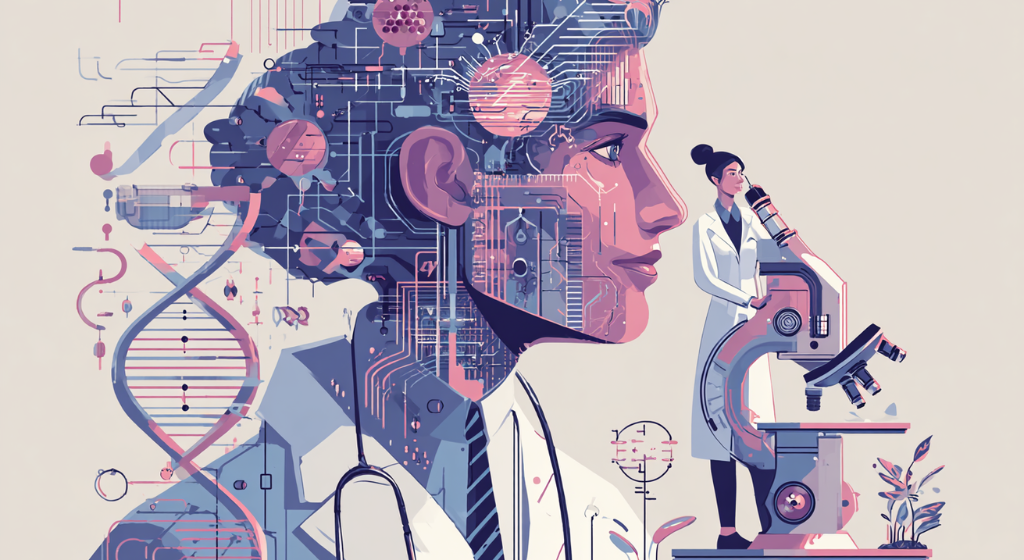
Scientists in Japan have used CRISPR to successfully remove the extra chromosome responsible for Down syndrome in lab-grown cells, restoring typical gene expression and cell function in a groundbreaking advance for genome editing. (Source: Image by RR)
CRISPR’s Ability to Remove an Entire Chromosome Marks a Genome Editing Milestone
In a groundbreaking advance for genetic research, scientists in Japan have demonstrated the ability to use CRISPR to remove an entire extra chromosome from cells with Down syndrome—marking a significant leap in genome editing. The research, led by Ryotaro Hashizume at Mie University, employed a technique called allele-specific editing to precisely target and eliminate the third copy of chromosome 21, the genetic hallmark of trisomy 21. Once the extra chromosome was excised, as noted in earth.com, the corrected cells began to function more like typical ones, showing normalized gene activity and improved cellular health.
Down syndrome, which affects roughly 1 in 700 births in the U.S., results from a surplus copy of chromosome 21 that leads to overexpression of genes and cellular stress. Traditional therapies address symptoms, but do not tackle the source of the disorder: the additional chromosome itself. Using CRISPR-Cas9—a gene-editing tool that can snip DNA at designated sites—the researchers were able to guide the enzyme to remove the surplus chromosome with high specificity. Treated cells, including both stem cells and skin fibroblasts, displayed enhanced growth rates and reduced oxidative stress, suggesting real gains in biological function.
The study revealed that chromosome removal not only balanced gene expression but also reactivated genes critical to nervous system development while downregulating those tied to metabolism. This points to potential applications in brain cells and even non-dividing tissues—opening up intriguing possibilities for regenerative medicine and cellular repair. While the work remains far from clinical application, it highlights a powerful new frontier in chromosomal therapy, where entire chromosomes—not just genes—can be edited out.
Still, the approach comes with caveats. Some CRISPR cuts affected normal chromosomes, prompting the team to refine their targeting tools and explore new ways to prevent cells from reversing or misrepairing the edits. Despite these challenges, the findings mark a major milestone in genome editing and raise the possibility of future therapies that could alleviate or even correct the root genetic causes of conditions like Down syndrome. More research will be needed to assess the long-term safety, stability, and real-world efficacy of these gene-corrected cells.
read more at earth.com







Leave A Comment